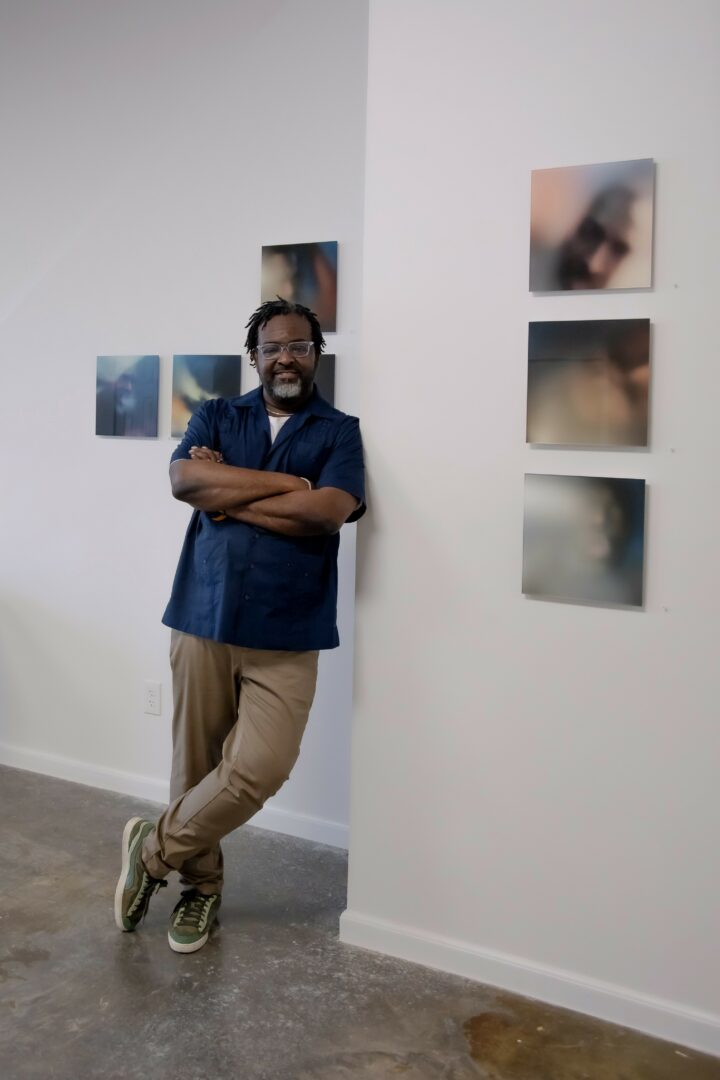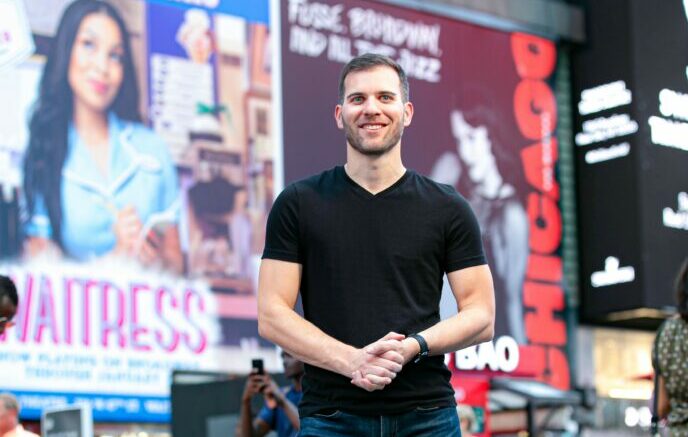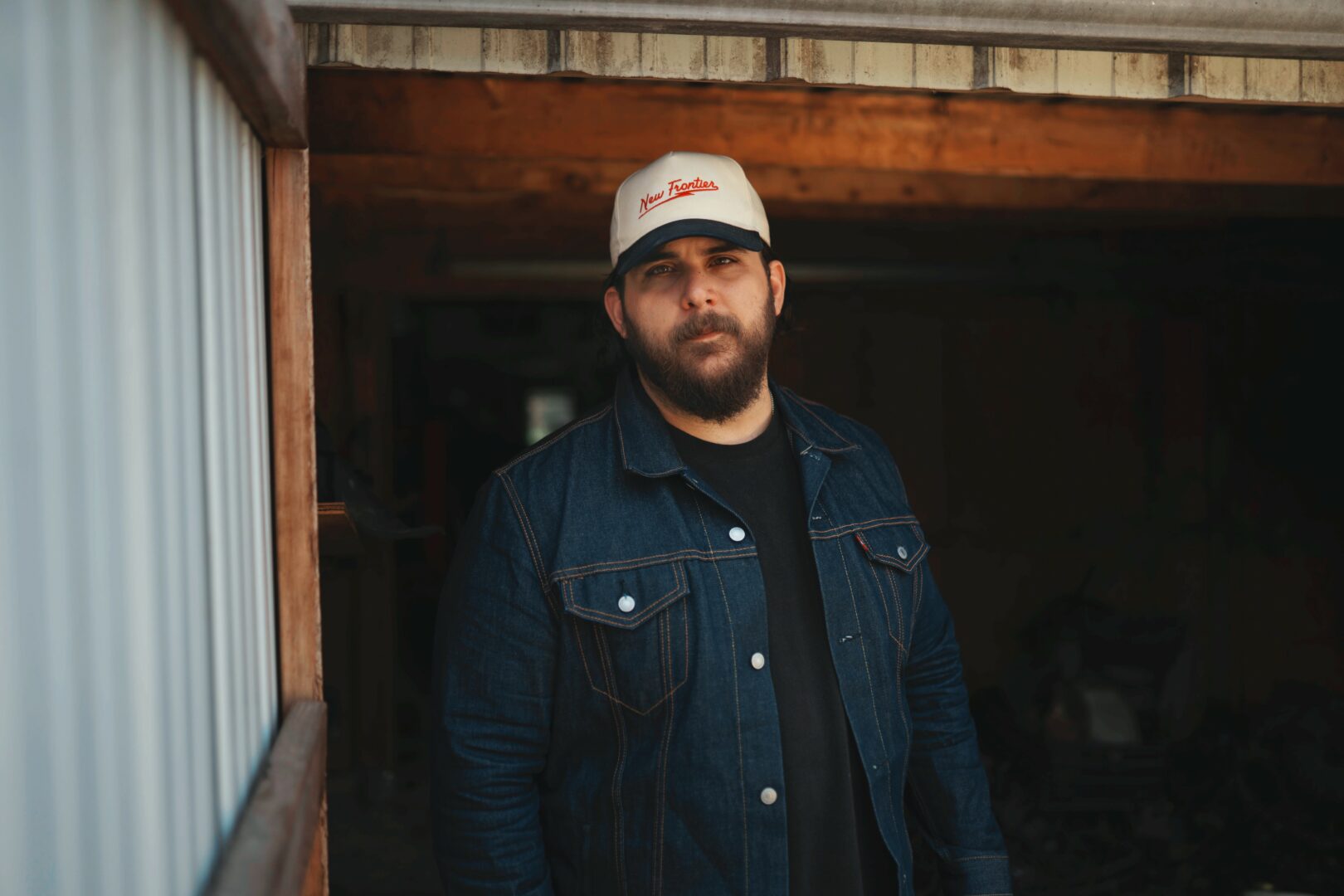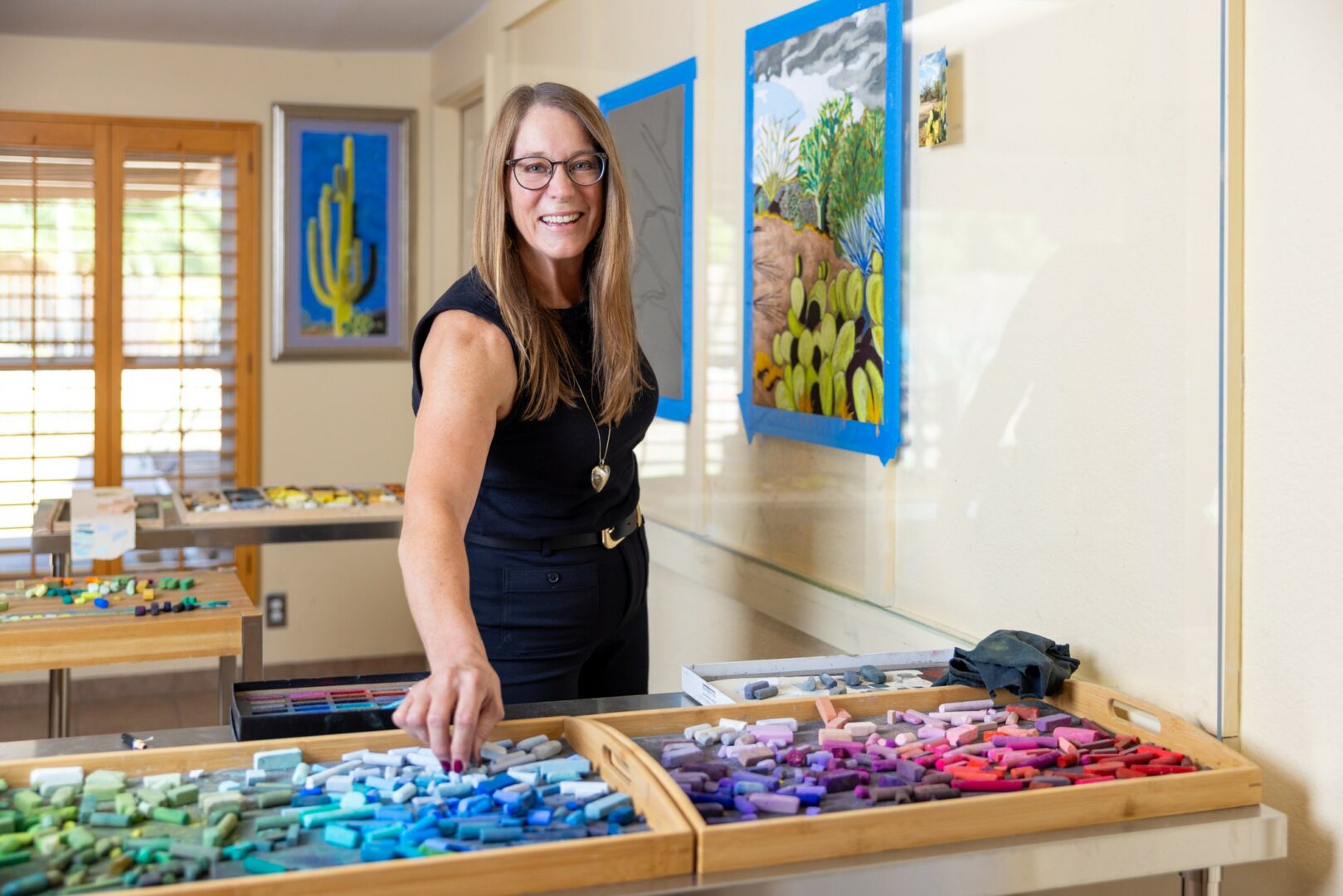We recently connected with Arthur Fields and have shared our conversation below.
Arthur, so great to be with you and I think a lot of folks are going to benefit from hearing your story and lessons and wisdom. Imposter Syndrome is something that we know how words to describe, but it’s something that has held people back forever and so we’re really interested to hear about your story and how you overcame imposter syndrome.
Overcoming imposter syndrome wasn’t a sudden shift—it was a process rooted in the unwavering support of my friends and family. Their belief in me helped me see what I couldn’t always see in myself: that I’m not only capable, but deeply skilled at bringing people together, inspiring others, and creating meaningful work. I realized that I’ve studied, trained, and worked hard for the life I live now—and I’m exactly where I’m supposed to be. I’ve earned my place. If I don’t believe in myself, who will? Confidence isn’t arrogance; it’s acknowledgment of the value I bring. And when I’m better prepared, more experienced, or more visionary than the competition, I owe it to myself—and those who believe in me—to own that truth.
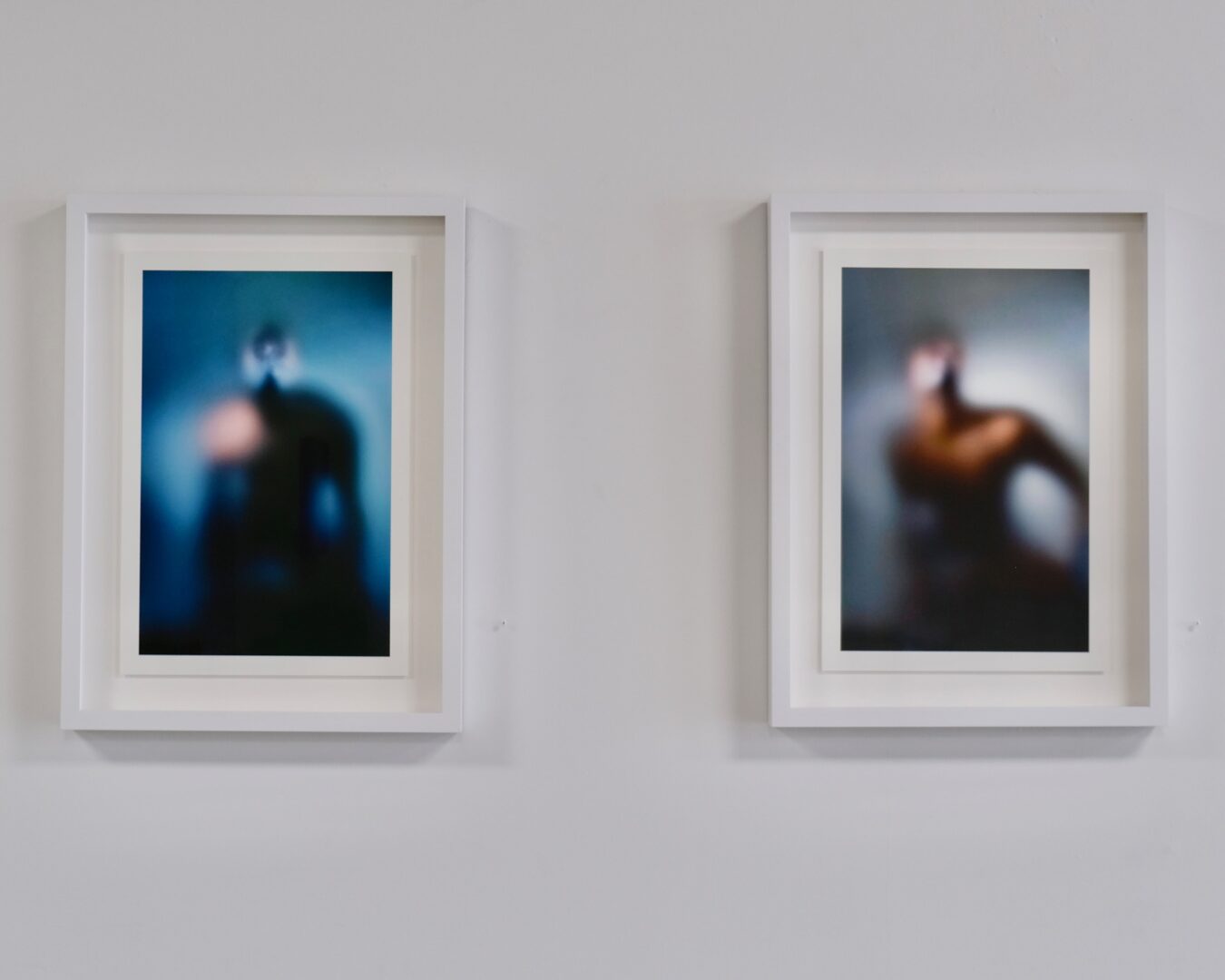
Appreciate the insights and wisdom. Before we dig deeper and ask you about the skills that matter and more, maybe you can tell our readers about yourself?
I am an photo-based artist. I’ve always been fascinated by the tension between what we see and what remains hidden. My work lives in that space—the layered, often messy terrain of identity in the digital age. As a photographer and image-based artist, I’m drawn to questions of visibility, selfhood, and perception: How do we perform identity under the pressure of being seen? What happens when we resist the demand for fixed meaning?
My creative process is deeply personal. Raised in a military household, I grew up negotiating spaces where I was both visible and misunderstood. Those experiences—alongside the realities of navigating race, masculinity, and creative autonomy—shape everything I do. Photography, for me, isn’t about answers; it’s about questions. It’s a space where paradoxes become tools, where ambiguity isn’t a flaw but a feature.
One of the most exciting aspects of my work is the distance these images create doesn’t narrow vision—it expands it. I want viewers to slow down, sit with ambiguity, and question their assumptions about selfhood and society. My work evokes intimacy without granting total access, inviting uncomfortable introspection instead of easy resolutions. In my recent exhibition, *Transitional Self*, I explored these ideas in depth, reminding us that the truth of a person may not lie in their sharpest outline, but in their softest contradiction.
As an educator, I’ve found my home in the community college classroom. There’s something incredibly special about this space—where students are often discovering their creative voice and sense of purpose for the first time. That moment of realization, when a student sees their own potential, is electric. It reminds me why I do this work. I see myself not just as a professor, but as someone who builds bridges, fosters confidence, and helps others see the power of their own stories.
My journey has been anything but linear, but every step has brought me closer to the artist and educator I was always meant to be. I carry with me the lessons of my past, the passion that fuels my present, and a deep belief in the transformative power of art and education. As I look to the future, I remain committed to creating work that challenges and connects, and to teaching in a way that uplifts and empowers.
Right now, I’m balancing my role as an educator with preparing for upcoming solo exhibitions—each an opportunity to push these conversations further. I’m excited to keep creating work that challenges how we look, what we expect to see, and what we’re too impatient to feel.
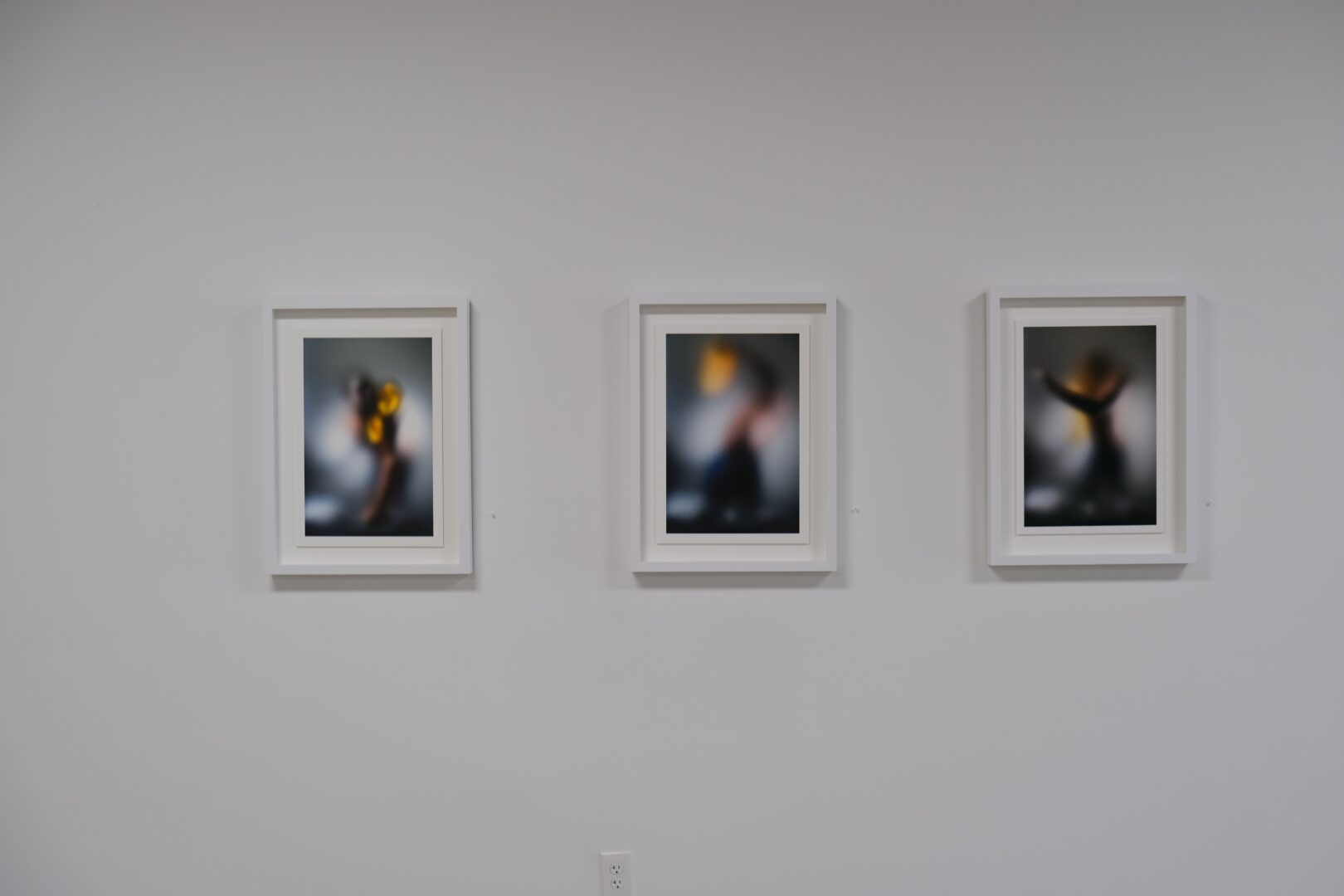
If you had to pick three qualities that are most important to develop, which three would you say matter most?
Looking back on my journey as an artist and educator, there are three qualities that have made all the difference—qualities I wish I had embraced even earlier.
First, be true to yourself.
Make work that reflects your lived experience, your questions, your joys, and your struggles. Authenticity always wins. When your art comes from a place of honesty, it resonates more deeply—with others and with yourself. My advice? Don’t chase trends or try to fit into someone else’s mold. The most powerful work you’ll ever make is the work that only you can create.
Second, find your people.
Seek out a mentor, a friend, or an advisor—someone you trust, who will tell you the truth, challenge you, and support you. I’ve been lucky to have people in my life who saw my potential even when I couldn’t. Their guidance helped me grow, stay grounded, and keep going. Don’t be afraid to ask for help or to be vulnerable. The right people will meet you with honesty and care.
And finally—relax.
Don’t stress so much. Art isn’t rocket science. It’s a process, a practice, a way of being in the world. Let it unfold naturally. Some of the best breakthroughs come when you stop trying to force them. Give yourself permission to play, to fail, to explore. Trust that your path will reveal itself as you keep showing up.
If you’re just starting out, know this: you don’t have to have it all figured out. Just be real, stay connected, and give yourself grace. The rest will come.

Looking back over the past 12 months or so, what do you think has been your biggest area of improvement or growth?
Over the past year, my greatest area of growth has been realizing that I am not alone in this world.
After experiencing the profound loss of close family members and a dear friend, I’ve come to understand that their presence hasn’t disappeared—it’s transformed. I feel them in the everyday moments, in the love and support of my family and friends, in the quiet encouragement that seems to arrive just when I need it most. Their guidance continues to shape me, not as memories of the past, but as living influences in the present. This realization has grounded me, softened me, and reminded me that I’m part of something larger than myself. It’s a lesson in connection, in legacy, and in the quiet strength that comes from knowing I am held—even when I feel alone.
Contact Info:
- Website: https://www.arthurfields.net
- Instagram: https://www.instagram.com/artfields/
- Linkedin: https://www.linkedin.com/in/arthurfields


Image Credits
Artist Portraits by Shauna Benoit
so if you or someone you know deserves recognition please let us know here.

